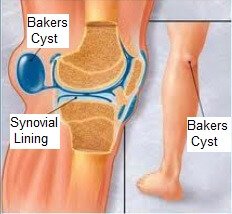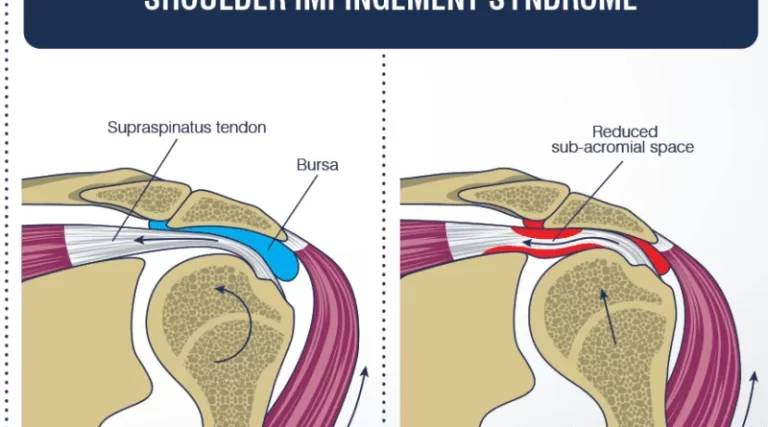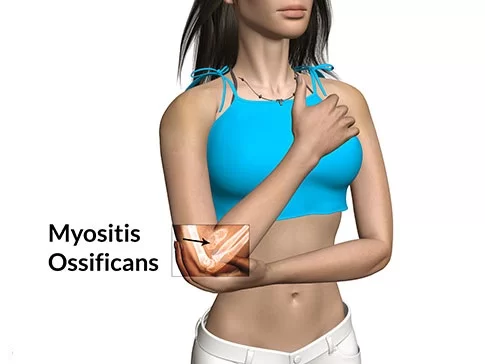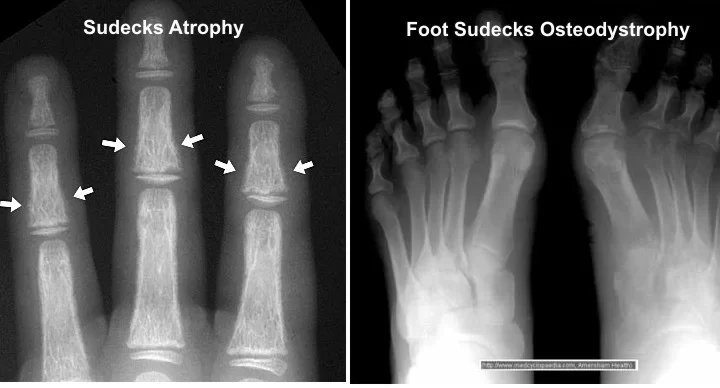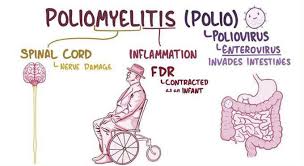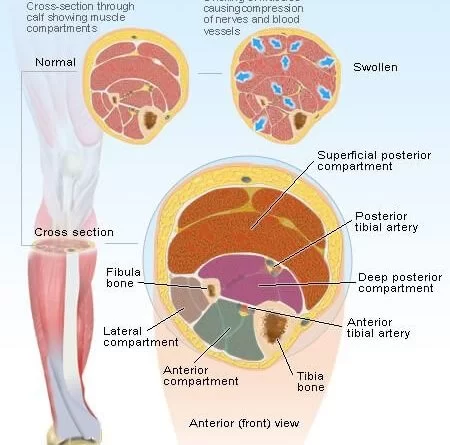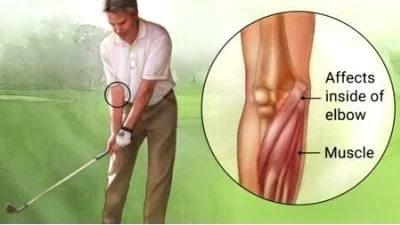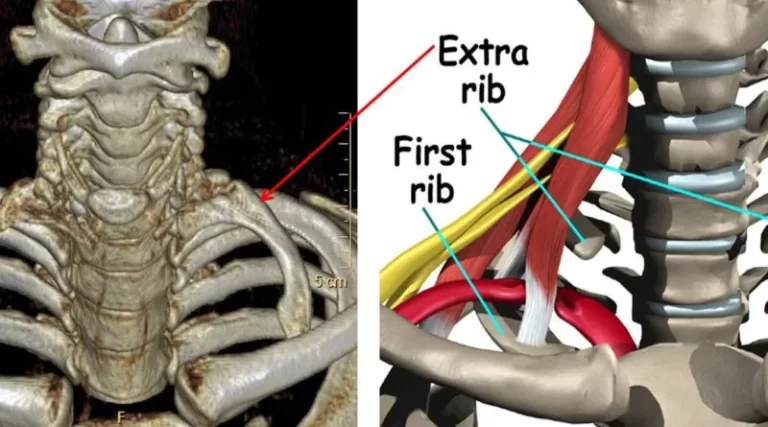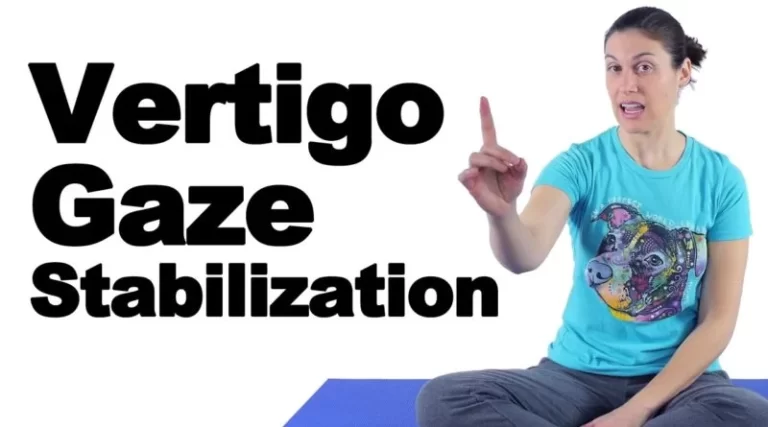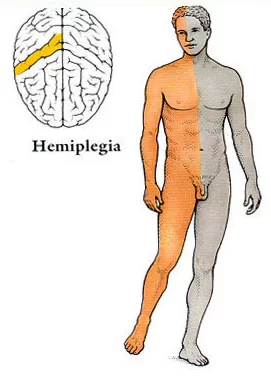Popliteal Cyst (Baker’s Cyst): Physiotherapy Treatment
What is a Popliteal Cyst? A popliteal cyst, also known as a Baker’s cyst, is a fluid-filled swelling that causes a lump at the back of the knee, leading to tightness and restricted movement. The cyst can be painful when you bend or extend your knee. It is named after the surgeon who first described…

